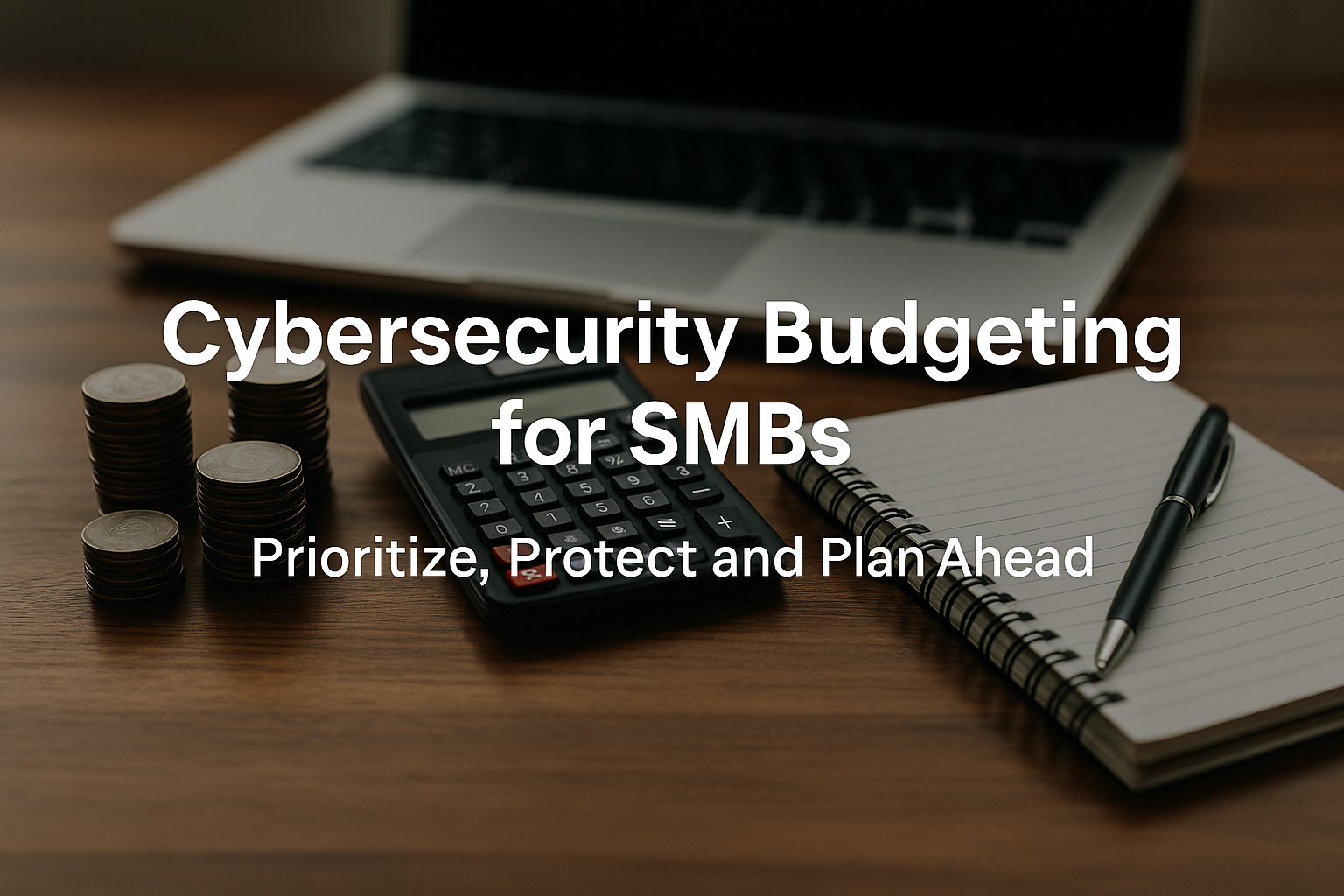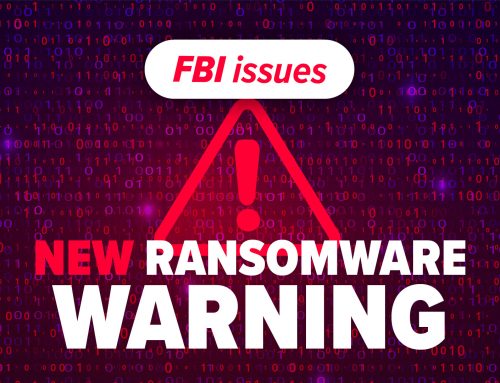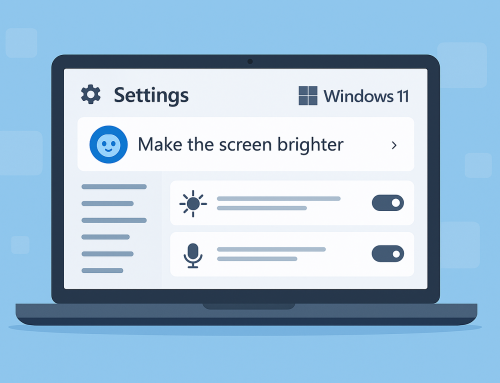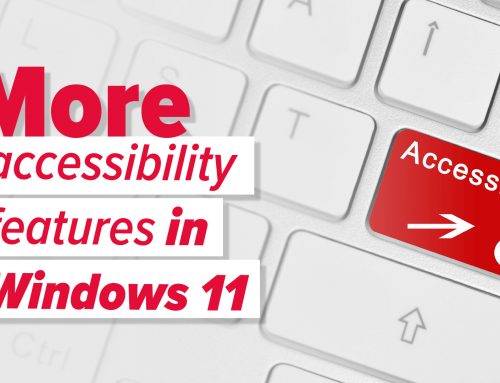Quick take
No budget? Start small, start smart. Lock down endpoints first (AV/EDR), add a real firewall with security services, and use a few savings levers (VoIP, e-fax) to fund the rest. Plan for ongoing costs (licenses, support) and lifecycle refreshes (laptops 3–5 years, firewalls ~5 years). Your goal isn’t perfection on day one—it’s risk reduced every month.
Step 0: Baseline first, then budget
Before spending a dollar, get a quick assessment:
-
What devices exist (age/specs/OS)?
-
What protections already run on endpoints?
-
Where is data stored (local drives vs. cloud)?
-
What’s the “edge” (modem/router/firewall) and is it supported?
This tells you what’s critical vs. nice-to-have.
If money is tight, do things in this order
1) Protect the endpoints (non-negotiable)
What: Business-grade Antivirus + EDR (Endpoint Detection & Response).
Why: Most attacks start at the PC. If you buy only one thing, make it this.
Tip: Turn on automatic updates and weekly scans. Enforce device lock + strong passwords.
2) Add a real firewall (with security services)
What: An entry-level business firewall (e.g., UTM features, subscription services).
Why: Blocks bad traffic before it reaches your PCs; gives you visibility and controls.
Plan: Budget for the hardware and the annual security subscriptions.
3) Secure your cloud accounts
What: Microsoft 365 or Google Workspace with MFA everywhere. Use OneDrive/Drive to stop saving business files only on local PCs.
Why: MFA thwarts most account-takeover attempts; cloud storage reduces “my laptop died and so did our data.”
4) Backups (email + files)
What: SaaS backups for M365/Google and image-level backups for key PCs/servers.
Why: Accidental deletion, insider error, and ransomware all require restore points.
5) Plan for OS and device lifecycles
What: Older machines may not support current OS/security standards (e.g., Windows 10 support ended in Oct 2025).
Why: Out-of-support systems stop getting security patches.
Plan: Create a rolling replacement schedule (laptops every 3–5 years; firewalls ~5; switches/APs ~5–7).
Where to find budget (quick savings levers)
-
Switch to VoIP: Moving phones off your ISP bundle to a dedicated VoIP provider often cuts monthly cost significantly and improves features (mobile apps, call recording, auto-attendant).
-
Use e-fax (fax-to-email): Kill the dedicated line and the paper jams. Send/receive securely from anywhere.
-
Buy multi-year security subscriptions: Many vendors discount 2–3-year terms.
-
Standardize drivers/printers: A single print server and one approved driver family reduce “mystery downtime.”
-
Be selective with used gear: Okay for non-critical items if you accept the warranty trade-off. Avoid refurbs for core security (firewalls) unless vendor-certified.
A simple, phased roadmap (small office, 3–10 people)
Month 1: Contain risk
-
Deploy AV/EDR on all endpoints
-
Enforce MFA on email and admin accounts
-
Enable OS and application auto-updates
Month 2: Harden the edge
-
Install a firewall with security services
-
Lock admin passwords; document internet/failover
Month 3: Protect data
-
Turn on SaaS backups (email/SharePoint/Drive)
-
Migrate local “only on C:\” files into OneDrive/Drive
Month 4: People & process
-
20-minute phishing awareness module + quarterly micro-training
-
Create a 1-page incident checklist (who to call, what to unplug, how to isolate)
Month 5+: Refresh plan
-
Inventory devices; schedule replacements over 12–24 months
-
Review licenses, support, and warranties annually
What your yearly budget should include (the “four buckets”)
-
Security software & services (recurring)
-
AV/EDR, firewall subscriptions, email security, backups
-
-
Hardware lifecycle (capital or financed)
-
Laptops/desktops, firewall, switches, Wi-Fi APs
-
-
Cloud productivity & identity (recurring)
-
M365/Google licenses, MFA/SSO tools
-
-
People & support (recurring)
-
MSP services/helpdesk, quarterly training, incident response allowance
-
Helpful rule of thumb: expect steady subscription spend plus a planned refresh line for hardware each year. Smooth, predictable spend beats surprise “oh-no” purchases.
Sample starter budget (5-person office) — concept, not quotes
-
AV/EDR: all endpoints
-
Firewall + security services: 1 device + annual services
-
SaaS backup for M365/Google
-
MSP helpdesk/maintenance package
-
Quarterly awareness training
-
Hardware reserve: set aside a monthly amount toward laptop/edge replacements
(Your exact numbers depend on vendors, models, and service depth. We’ll scope it and give you precise options.)
Common questions we hear
“We can’t do everything—what’s the absolute minimum?”
EDR on every endpoint + MFA + a basic firewall. Then add backups.
“Can we phase this across the year?”
Yes—start with endpoint + MFA, then firewall, then backups, then training, then lifecycle planning.
“Refurb laptops to save cash?”
Possible for non-critical roles; weigh the shorter warranty and battery wear. For finance/executive/engineering roles, buy new.
The takeaway
-
Prioritize endpoints, edge, and identity first.
-
Fund the plan using savings levers (VoIP, e-fax, multi-year security terms).
-
Budget as a habit—subscriptions + a rolling hardware reserve—so security improves every month, not just after a scare.
Want a line-item plan for your office?
We’ll map your current state, propose a phased, right-sized budget, and handle rollout without disrupting your team.






